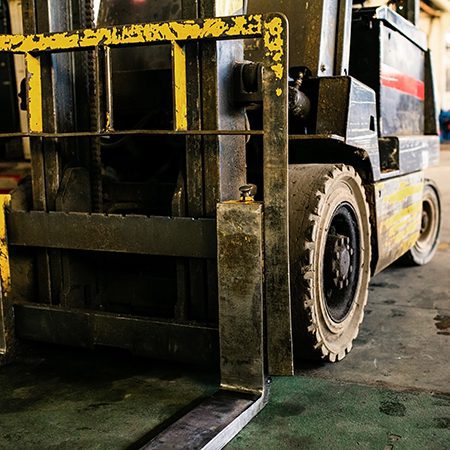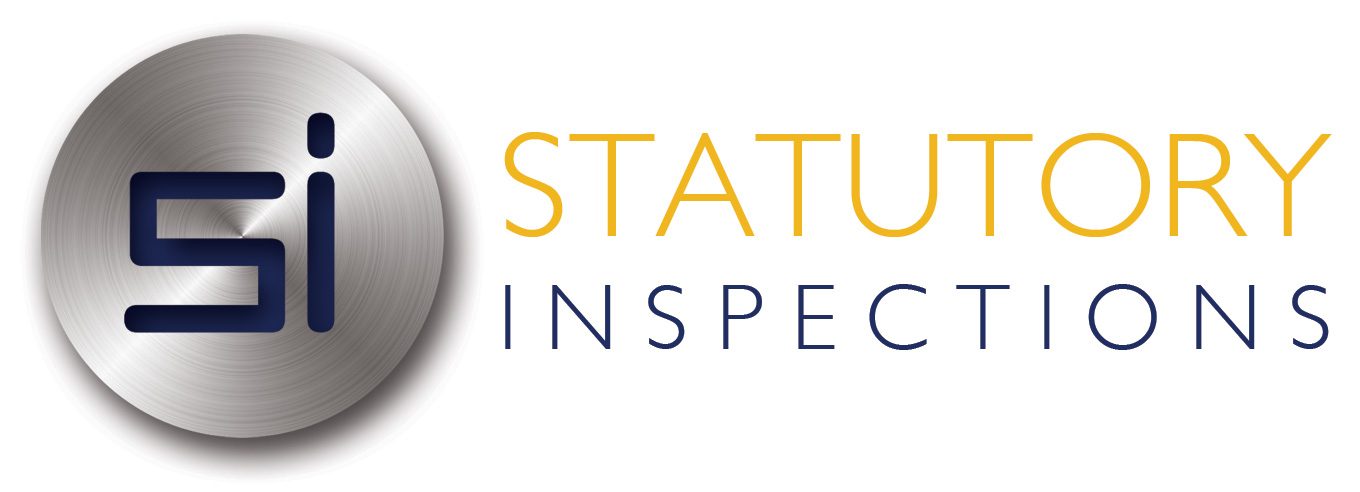When a Thorough Examination is conducted, a report will be issued with a list of any faults found. These faults will be assigned a code that indicates the severity of the issue. It is important to address these faults before using the equipment again to ensure the safety of your operation. In this article, we will discuss the different types of faults and what they mean.
Types of Faults
Three types of faults may be identified during a Thorough Examination: “Now” faults, “A” level faults, and “B” level faults.
“Now” Faults
“Now” faults are considered to be the most severe and pose a danger to both people and property. These faults include measurements that exceed the maximum permissible wear or deviation, such as chains (3%) and forks (10%). Other examples of “Now” faults include excessive damage to components or assemblies, ineffective steering or brakes, fuel leaks, and excessive oil or coolant leaks. In these cases, the equipment will be removed from service and the relevant parties will be notified. A notice will also be attached to the equipment, clearly stating the nature of the fault.
Beacon and horn faults may be assessed by the Examiner based on the specific site conditions and use of the equipment.
“A” Level Faults
“A” level faults are those that have the potential to become a danger to people or property. These faults include control function and labelling issues that need to be fixed as soon as possible, but no later than one month.
“B” Level Faults
“B” level faults may or may not pose a danger to people or property. These faults include wear of assemblies or components. In these cases, the equipment may continue to be used until the next service period, at which point the faults can be addressed or checked for further deterioration.

“C” Level Faults
“C” level faults refer to general observations and comments on the overall condition of the equipment, along with any recommendations for improvement.
Certificate Issuance Criteria
In order to receive a certificate, all “Now” and “A” level faults must be fixed and the Thorough Examination company must be notified in writing (via job sheet copy or email).
Conclusion
Thorough Examination is an important process that helps ensure the safety of equipment and those who use it. By understanding the different types of faults and their impact, you can take the necessary steps to address any issues and maintain a safe working environment
If you have any questions or concerns with anything on your Thorough Examination reports please get in touch.
FAQ’s
What is a Thorough Examination?
A Thorough Examination is a mandatory inspection required by law to ensure that the mechanical parts of lifting equipment, such as a lift truck, are in safe working order. It is similar to an MOT for cars, certifying that at the time of testing, all components that have a bearing on safety have been formally inspected and assessed as being in a safe condition.
How often should a Thorough Examination be conducted?
Work equipment must have a Thorough Examination at least once a year. However, the frequency can be more often depending on the type of equipment, its use, and the environment. For example, equipment that lifts people or has lifting accessories may require an examination every 6 months.
What should I do if “Now” or “A” level faults are found during a Thorough Examination?
If defects found during a Thorough Examination do not immediately affect safety, a Report of Thorough Examination will be issued, identifying the defects and stating a time by which they must be rectified. The user is responsible for ensuring that the necessary repairs are undertaken within that time. If the defects are imminently dangerous, the report will state that the equipment must not be used until they have been rectified.
Can equipment with “B” level faults continue to be used?
Yes, equipment with “B” level faults, which do not create imminent risk, may continue to be used provided that the faults are rectified within the specified period given in the report. However, the equipment may also be taken out of use until the faults have been rectified.
What is the purpose of a Thorough Examination certificate?
The purpose of a Thorough Examination certificate is to provide a formal document that certifies the equipment has been inspected and is safe to use. It serves as a record of the examination, detailing any defects found and the due date for the next examination. It is a legal document that must be kept by the equipment owner or operator and can be used to demonstrate compliance with health and safety regulations.
